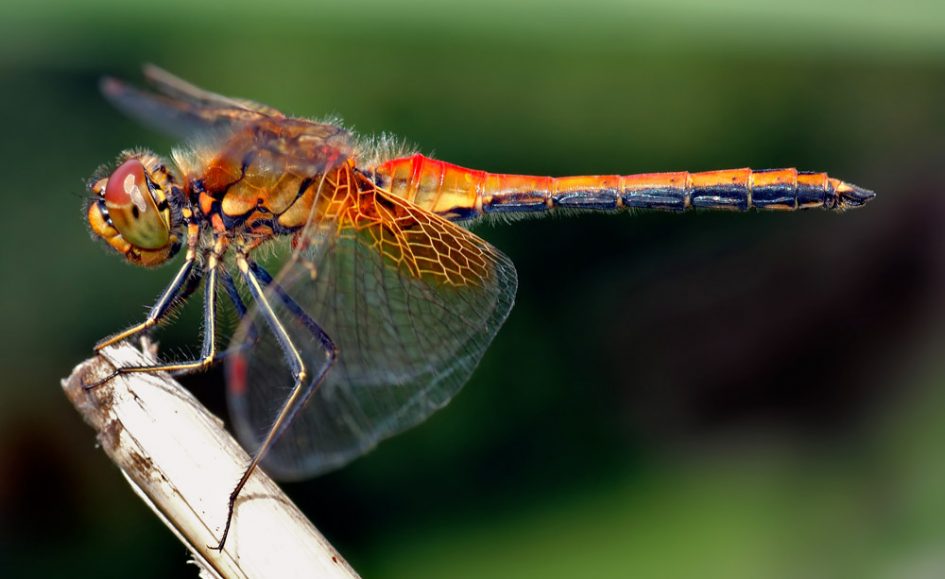End of big bug era
Flying predators probably gobbled up the biggest of the large flying insects 150 million years ago

Modern dragonflies (shown here in close-up) are much, much smaller than the flying insects that roamed the skies 300 million years ago.
André Karwath








